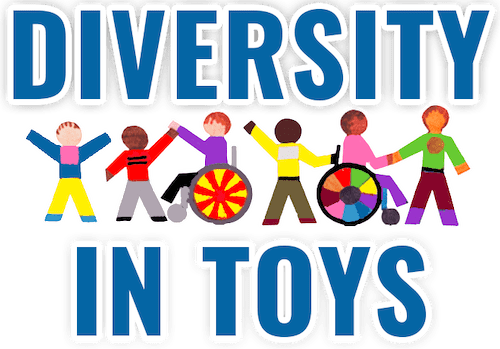Back To School Series: Toys to Help Children Practice Math

Looking for toys to help your child brush up on their math skills before returning to school?
The days are still hot and long, and time feels endless. Nonetheless, in many states the school year is right around the corner. For many parents, children, and teachers, August means rushing to get ready for the return to the classroom.
It also means worrying about the summer slide. Children may have learned and experienced a lot in their months away from school. But, many may have also forgotten parts of their curricular skill sets that weren’t practiced during summer. On average, students demonstrate lower academic performance at the start of a new year. Returning to the classroom after time away can be a daunting experience.
The effects of the summer slide have only worsened since the pandemic brought many kids’ learning to a screeching halt in 2020. Many students have not recovered. Last year, the National Assessment of Educational Progress (or, the “nation’s report card”) found just 36 percent of fourth graders proficient in math. Even fewer students remained proficient by the 8th grade.
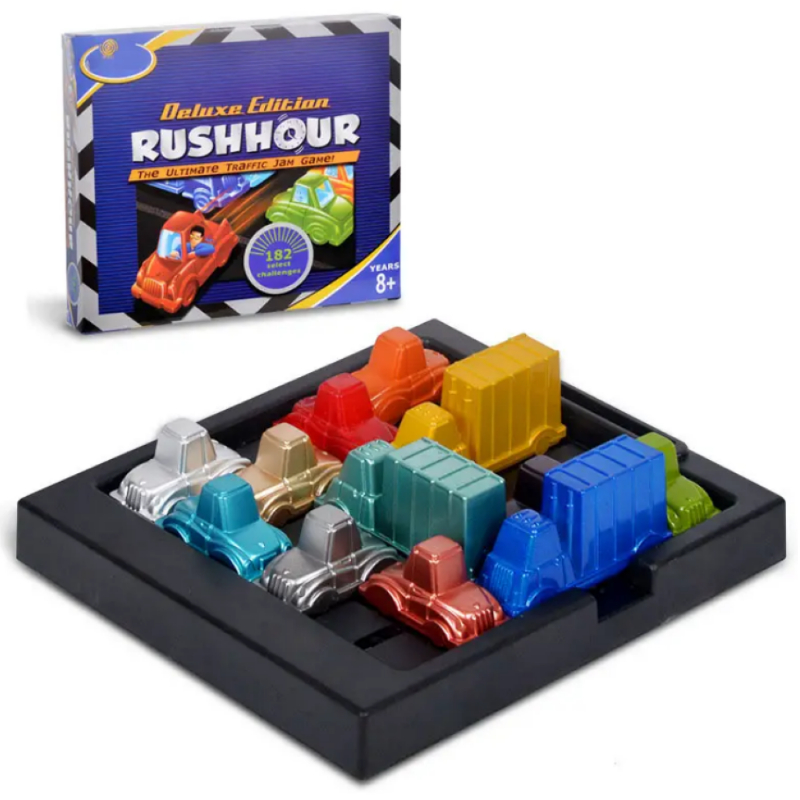
One way to ease your child’s return to school is to offer tools at home that help them remember last year’s lessons and practice this year’s. Whether you homeschool your child or send them to a collective learning space, here are toys for children learning math skills at different levels.
Learning Colors, Sizes, and Shapes
Color, size, and shape are foundational for many math concepts because they are easy-to-identify attributes that children can use as they progress to categorizing and sorting. Size and shapes, especially, come into play later in math lessons about geometry and other subjects like science and art.
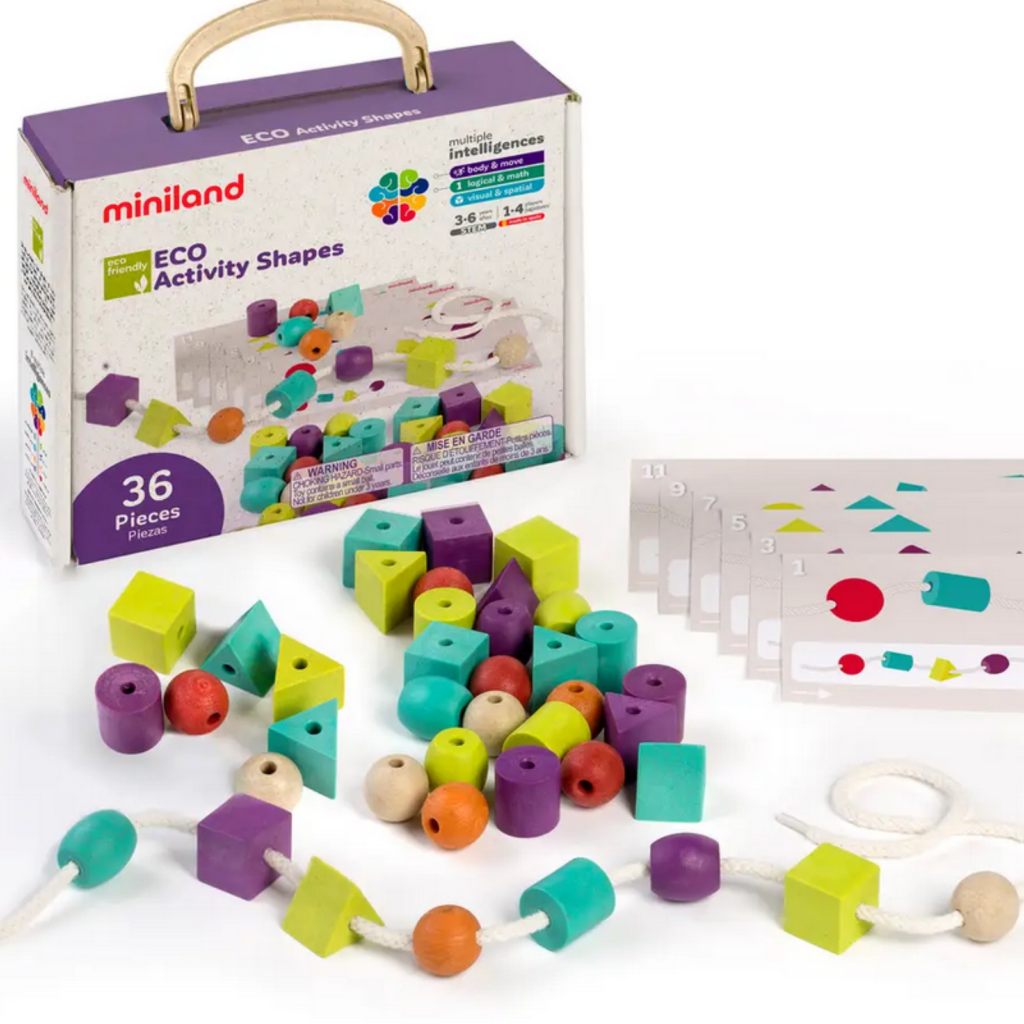
Below are games that can be played in groups or independently. These help children practice what they know about colors, sizes, and shapes.
- Match Me Game: Colors & Shapes ($16.00) – Award winning Match Me Games engage learners’ matching, memory and word/picture recognition skills with fun, interactive play. 1 to 8 players use one side of the board to learn six colors and eight shapes and the other to identify shapes of real-life objects.
- String Together Activity Shapes ($25.00) – This eco-friendly activity set prompts children to create different combinations of strings and projects with cue cards.
Practicing Arithmetic
Arithmetic, which includes addition, subtraction, multiplication, and division, is the essential foundation for all other mathematics. Turn dull memorization into hands-on comprehension with toys that help your child practice fundamental math.
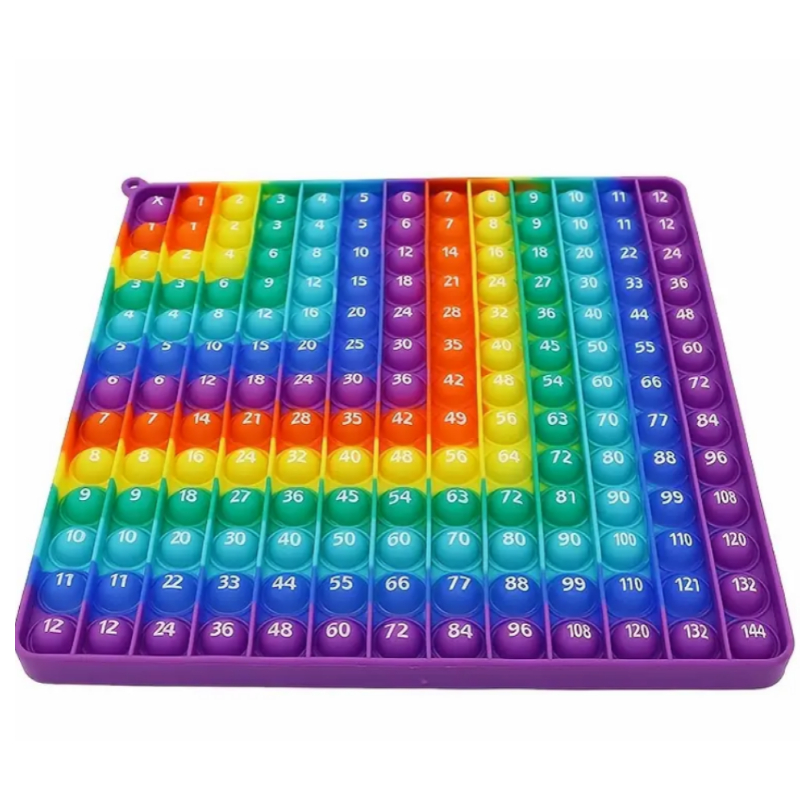
- Melissa & Doug Poke-a-Dot Wheels on the Bus Wild Safari Book ($13.99) – Count the animals you see on safari in this fun, interactive, colorfully illustrated book.
- Math Fidget Popper ($11.00) -This fidget popper has Multiplication (12 x 12) on one side and Addition (1-12) on the other. Children can quiz themselves on math problems by seeing where the colored rows and columns lead. This popper can also be turned into a game board by asking children to answer questions from a leader.
- Any assortment of small objects – Small objects like beads, buttons, shells, or blocks like Legos can be used to help children visualize or feel the functions of arithmetic. Adding and subtracting are easy to do by counting separate objects. Multiplication and division are also easier to understand by grouping or separating clusters of objects to complete the sum.
Applying Practical Math
Applying math to real-world situations is an exciting challenge for many children. But, it can also be frustrating and scary if it doesn’t come easily. The games below are designed to help children master the skills of telling time and using money.

- Time Telling Board Game ($22.00) – Looking for a fun way to teach your child time in a digital and analog world? This game helps them build necessary time-telling skills. Beautifully illustrated and easy to play – your kids will enjoy practicing how to read a clock.
- Making Change Board Game ($22.00) – Help your kids understand money and practice math skills in their head with this creative, self esteem boosting game.
Experimenting with Geometry
Advanced math concepts come into play in geometry, which is the study of shapes and sizes of figures and their properties. Below are tools that help children of all ages experiment with constructing and identifying shapes.
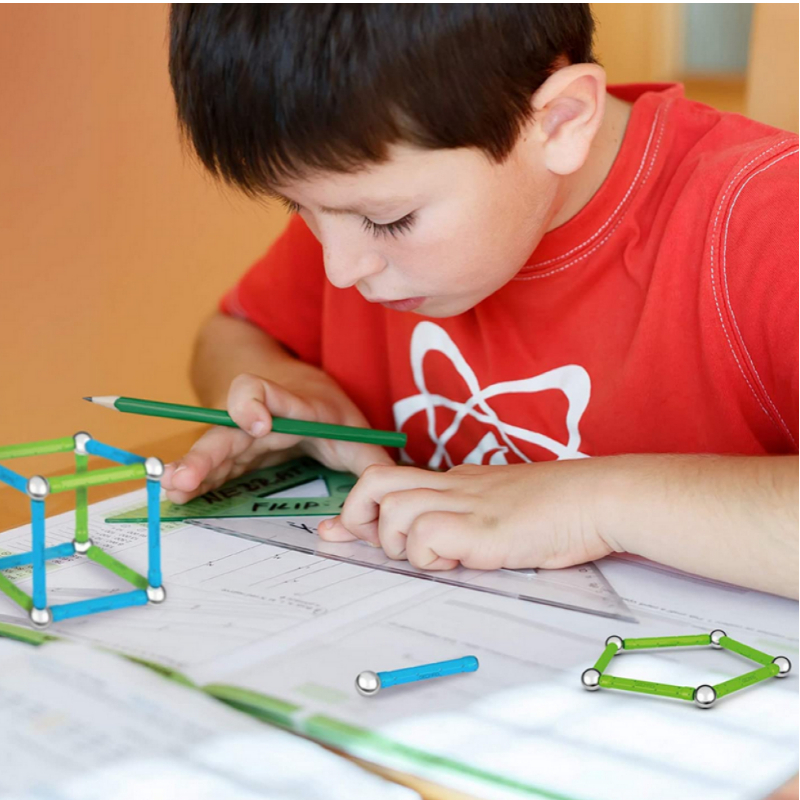
- Plus-Plus Mini Maker Tubes ($10.00) – One shape, endless possibilities. Plus-Plus creative construction toys are sets of colorful plastic pieces that can be put together to form 2D and 3D structures straight from your child’s imagination.
- Rush Hour Game ($18.00) – Can you get your car out of the traffic jam? This classic sliding piece puzzle teaches the elements of problem solving, sequential thinking, and spatial reasoning while barely revealing that it’s making kids think about math!
- Spirograph Deluxe Set ($30.00) – We all know a kid doesn’t play with a Spirograph to learn math — they play with it because it’s fun. But, the classic geometric drawing device lets children draw spiraling, repeating patterns with a series of cogs and discs. With the proper questions, children can experiment, hypothesize, test, and even reach conclusions about the designs the Spirograph will create based on their variables. (For larger, easier-to-hold pieces and easier clean up, check out the Spirograph Jr.)
- Geomag Construction Systems ($29.00 – $99.00) – With Geomag Construction systems, you can build endless 3D structures, thanks to the magical forces of magnetism and creativity. The magnetic rods, steel spheres and panels of different shapes form the magnetic construction system that has made the brand famous all over the world. Great introduction to STEM activities.
Was this guide helpful? Check out our posts on toys that inspire scientific curiosity and toys that build literacy skills.
